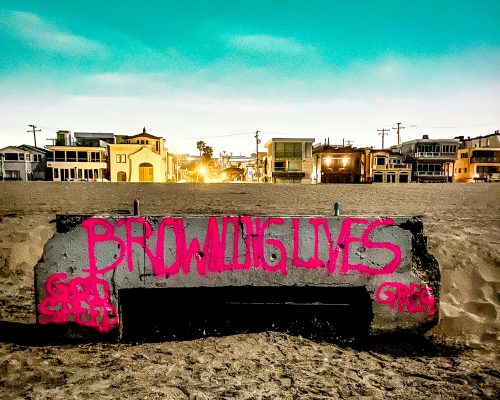
In the wake of Measure A’s defeat, the Redondo Beach City Council wants to continue to actively engage in the process by which AES is applying for certification to re-power its Harbor Drive plant.
At its Tuesday night meeting, the council directed staff to draft the text of, and assess the potential impacts of, a moratorium on construction at the Harbor Drive site until the city and AES have had the opportunity to explore alternative uses for the property.
City Attorney Mike Webb explained that a moratorium, initially proposed by Councilman Matt Kilroy, would theoretically stall proceedings while the city worked to re-zone the property in a way that would satisfy AES and Redondo Beach voters.
On Tuesday, the council also authorized staff to submit a petition to the California Energy Commission (CEC) for the city to formally become an intervenor, or party to all relevant CEC proceedings, as soon as the commission deems AES’ application complete.
Exactly what position the council may take as an intervenor remains unclear. As an intervenor it will have the authority to submit evidence, question witnesses, and file legal arguments with the CEC.
The cost of being an intervenor will vary depending on the city’s level of engagement with permitting agencies other than the CEC and depending on its degree of reliance on outside consultants. City staff have projected costs could range from about $100,000 to about $4.7 million. For purposes of comparison, the cost of becoming an intervener under similar circumstances was for the City of Huntington Beach $100,000 and for Carlsbad $2.1 million.
Council member Pat Aust said Tuesday the city does not have “five million [dollars] to fight it or half a billion to buy it,” referring to the highest projected cost of being an intervenor and the cost of purchasing the Harbor Drive property, respectively.
The city set aside $175,000 for costs associated with finding inadequacies in AES’ application, and in that fund just $60,000 remains.
City Attorney Mike Webb acknowledged Tuesday that if the council declines to hire outside consultants, it will save money in the short-term but will have to “be patient” with city staff, which will bear full responsibility for completing work related to the AES application.
An administrative report presented Tuesday recommended the council approve the expenditure of up to $20,000 for legal services rendered in relation to the AES application, and an additional $30,000 for a third party to conduct a power flow analysis.
The report also requested that the council provide direction in terms of how extensively it wants the city to engage with the CEC process, and whether it wants to consider a new process for re-zoning the AES property given the defeat of Measure A.
Council member Matt Kilroy also requested that staff prepare a resolution reminiscent of the document passed by the School Board, which opposes the re-powering project if it fails to meet certain conditions.
Webb said a resolution would be a way for the city to communicate to the CEC that despite Measure A’s defeat, many Redondo Beach citizens are not happy with the presence of the power plant. Last year, the council declined to endorse a resolution while Measure A was hanging in the wings.
About a dozen Redondo Beach residents took the podium to address the report Tuesday, most of them encouraging the council to ultimately approve a moratorium on construction.
Several spoke to the harmful effects of particulate matter, and others suggested Measure A lost because its supporters could not match AES’ advertising budget.
Al Meissner applauded the council for taking “very bold moves… to support the citizenry” by agreeing to consider a resolution and moratorium.
AES Southland President Eric Pendergraft also spoke, saying his company’s first preference is to re-build its plant should the CEC deem its output necessary but acknowledging the need for exploration of alternative uses for the site.
“We also know you and many people in the community would prefer to eliminate industrial uses from the waterfront,” he told the council. “We can appreciate that, we understand that, so we are very interested in working together with you to see if there are alternatives that can be identified that are not industrial and will provide us with similar economic value.”
Pendergraft said he intends to seek authorization from AES headquarters for funds to spend on exploring land use alternatives, which could include structuring an arrangement with a potential developer.








